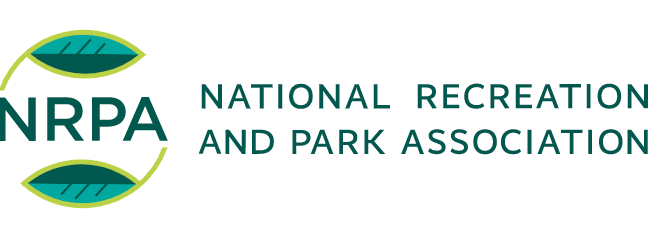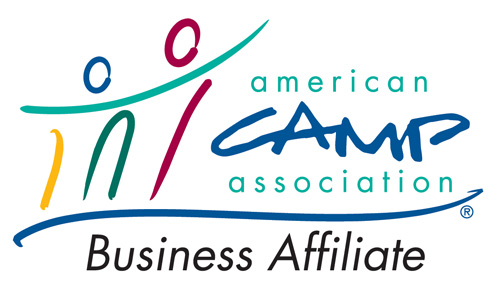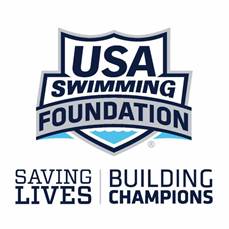Swimming mistakes are inevitable for beginners, but learning to fix them is crucial in becoming a better swimmer! Below, we've listed 6 of the most common swimming mistakes beginners will make along with solutions in how to fix them.
Mistake #1: Holding your breath underwater without exhaling.
Though swimmers will learn to hold their breaths as they begin putting their heads underwater, it's also important for them to learn how to control their breaths and learn how to exhale.
Solution: Practice breathing on dry land. Take a deep breath through your mouth, and then slowly hum as you exhale, which ensures a proper pace. Practice this a few times before applying the technique in the water.
Mistake #2: Taking your head out of the water to breathe.
Of course you need to lift your head out of the water in order to breathe. But it's more about technique (keeping your head in the water while tilting your face out). Jerking your head out of water throws of alignment and results in poor technique of swim strokes.
Solution: Focus on keeping your head down. When it's time to breathe, rotate your face to the air while keeping your head in the water.
Mistake #3: Letting your hips sink.
Beginner swimmers often face "sinking" problems, especially when they let their feet sink even though they should be just barely below the water's surface.
Solution: Practice swimming with a snorkel. A snorkel eliminates the need for you to tilt your head for breathing, so you are able to focus on the way your body glides through the water without sinking. After you've become familiar with the way it feels, ditch the snorkel.
Mistake #4: Pointing your toes.
Pointing toes is counterintuitive; it tightens up your ankles and slows you down. Swimmers want loose, flexible feet in order to glide through the water.
Solution: Practice curling your toes. Our favorite method? Put a bunch of pennies on the floor and practice picking them up using only your toes. The ways your toes feel is the how they should be positioned in the water.
Mistake #5: Relying too much on upper body.
Swimming is a full-body sport. Using only the upper body will exhaust those muscles and make it tougher to swim.
Solution: If an area of your body is weaker than another, isolate them in drills. For example, if your lower body isn't as strong, practice with a kick board and develop leg strength.
Mistake #6: Not finishing your stoke.
Many beginners swimmer pull their hands from the stroke too quickly, eager to begin the next stroke. By doing this, you're not getting the most energy out of each stroke.
Solution: Be conscious about finishing each stroke. Make sure your arm reaches all the back to your hip until you pull it out of the water and begin the next stroke.
For more details on our Swim Programs please see : Adult Swimming Lessons
This article is brought to you by: The Swimming Swan












